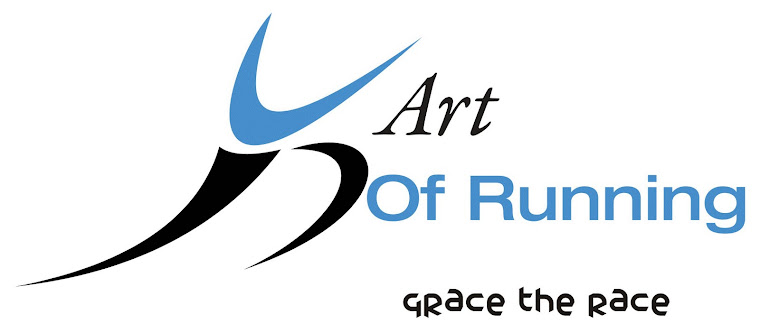

Have you’ve ever lacked motivation to workout or eat healthier?
In general, we move towards pleasure and away from pain. It’s that simple. I would argue that human beings do more to avoid pain. Think about the fact that most people are quick to respond with knee jerk reactions, that is, they first need some type of “pain” (ie. a heart attack, diabetes, being obese) to move them into action.
Masters of motivation skillfully associate pain and pleasure. Whether it’s the words they use, the thoughts they think, the images they visualize, or the actions they take … they stack up pain deliberately to move away from behaviors or habits that they don’t want anymore, and they “build up” pleasure to help move them towards new behaviors that they do want, or to reinforce good habits.
So with that being said, let’s have a look at 8 ways to help get you more motivated to workout and eat healthier.
1. What are your reasons WHY? (and the more reasons the better)
You need to figure out a compelling purpose. For example, if your goal is to lose 25 lbs you need to identify WHY that’s important to you. Is it to fit into that old pair jeans, feel sexier for your spouse or feel more confident? Once you identify your initial reason, peel the onion to keep asking “why?” to go deeper and finally come up with real reason that will motivates you!
2. What are your core values?
Figure out what matters to you most and work from there. If you can connect the process (ie. working out, eating healthier) to your core values, even in small ways, you can change your game. For instance, some core values might include freedom, happiness, love, connection, family, or growth.
3. Mindset is Everything
Instead of thinking ‘I have to workout’ or ‘I have to make healthy eating choices’ and you phrase it in a way that you can view these things as a positive instead of an obligation, you can change your mindset. Viewing these things as ‘I get to workout!’ or ‘I get to eat healthy foods!’ may make them more desirable.
4. Remember the Feeling
Remember how good it feels when you finish you workout or eat a healthy meal. Find a way to anchor that feeling into your body so that anytime you’re in a rough patch you can easily remember that feeling and stick to your goals more easily.
5. Use past successes to help you meet present goals
Sometimes you might feel overwhelmed or unsure about your ability to get in a good workout or prepare a healthy meal. However, if you can think back to similar situations in the past (ie. reference points) where you were successful, then realize that you can do it again. If you were once able to do 50 push in one go, then go back to that experience and reassure yourself that you can do it again – if that’s your goal.
6. What’s your mantra?
Find a metaphor or mantra that fuels you. Maybe you’re the “Little Engine that Could.” One of the most powerful things you can do is find a metaphor that connects to your values. Whatever you choose make sure it resonates with you.
I’d love you to share YOUR mantra in the comment section…
7. Don’t always go it alone…
Pair up with somebody who compliments you or who can mentor you and get you over the humps. This is why hiring a trainer can be a great way to get your butt into shape! At the very least, training with a friend can take your workouts to a whole new level.
8. Action = Celebration
Here’s a secret that once you know it and apply it, it can change your life. Action often comes before motivation. So just start with SOMETHING! Then give yourself a self high five. Next day, do SOMETHING again. Just start putting one foot in front of the other. Don’t wait for a bolt of lightening to get you moving, just start to move in the right direction. And then find a way to celebrate that won’t sabotage your healthy efforts. You’ll be surprised how small steps over time will get you to where you want to be.
Need more motivation for your workouts? Need inspiration and proven strategies to make eating healthier easy?
Art Of Running We've got the answer to you problem.
Info: www.artofrunning.co.za
or email: tshepokhoza@artofrunning.co.za
Yours in fitness
Tshepo Khoza
Athletic Performance Specialist(AOR)




